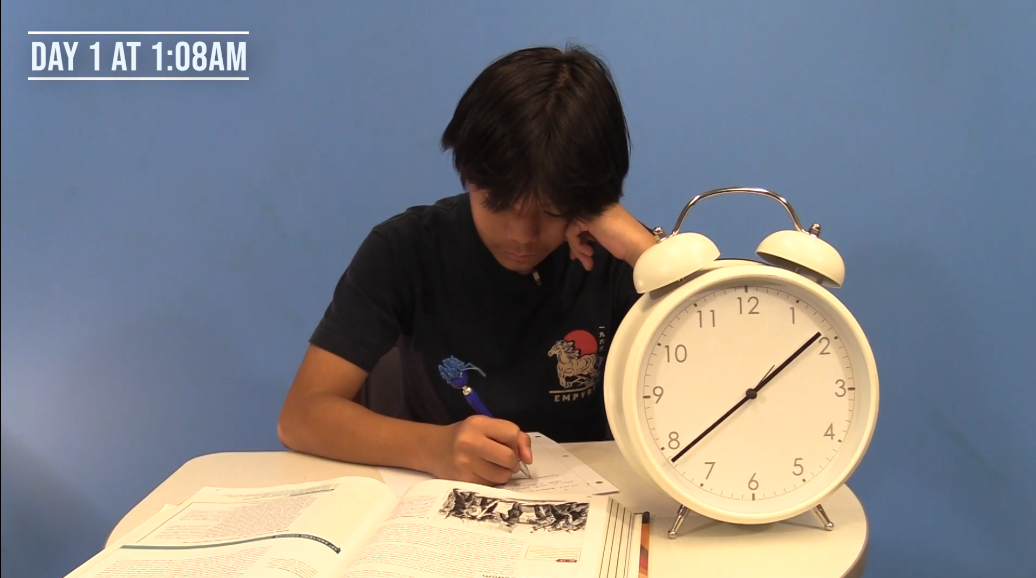
Jumping over the waterfall in an attempt to escape from the evil monkey, Guy Dangerous continues running and slides under flames before entering the cave.Temple Run 2 offers more settings and obstacles for fans of the original Temple Run.
Guy Dangerous, the default character in Temple Run 2, was created by Imangi Studios, the developers of the popular mobile game Temple Run. Founded in 2008 by husband and wife Keith Shepherd and Natalia Luckyanova, the company launched Temple Run in August 2011 and the game became a hit within a few weeks.
Due to popular demands, the game was made compatible with Androids and launched in the Play Store in February 2012. Within a year, Temple Run racked up more than 170 million downloads across multiple mobile operating systems. One year later, the developers released the sequel, Temple Run 2 on January 17, and quickly became the top free app in the App Store. Within 24 hours of release, Temple Run 2 was downloaded more than 6 million times—a breaking record. In just two weeks, according to the developers, the app was downloaded over 50 million times across the globe.
Temple Run 2 incorporates the same objective as the original: to achieve the highest score possible in an endless run from the monstrous monkey. In the game, Guy Dangerous takes an idol and jumps through obstacles such as rivers, spikes and huge stones. The game ends when the character misses a turn, runs into an obstacle, or falls off the edge. The sequel shares some basic obstacles with the original, such as the turns, trips, falls and fire. One difference is that instead of having several medium-sized monkeys chasing the character during the game, the sequel features one large, terrifying monkey. In the game, the character is controlled by tilting the mobile device left and right and also jumps, slides, and turns by swiping in that direction on the screen. While avoiding the obstacles, the character can also collect coins that can be used to purchase upgrades for power-ups in the shop.
Although the sequel introduces a new setting — in the sky — the repetitive obstacles and the same objective gets tiring and irritating after a while. Since there is no way to actually “win” the game as it goes on forever, it is quite discouraging.
While there are some graphics improvements and an overall smoother game play, the new features are nothing to get excited about. One new feature includes green gems the player can collect to use as revivals, or “Save Me’s.” It sounds awesome, except the green gems only show up once in a blue moon. Upon achieving different objectives, such as “Run 1,000 meters without collecting coins” or “Collect two gems in one run,” the player is rewarded with coins, gems, and increased multipliers, but these are features that can be found in the original Temple Run. While these features can be beneficial, there is practically nothing new in the objectives.
The original Temple Run’s colors, obvious booby traps and rough graphics are dull compared to the sequel’s. The new graphics, more challenging obstacles and new power-ups makes the sequel slightly better.
The repetitive game play remains the weakness of Temple Run. The game is interesting when you play it for the first time, but it quickly loses its effect.
The app is available now in the App Store and the Play Store as a “freemium” — a free game to download with the option to buy extra power-ups in game. Temple Run: Oz, the disney version of Temple Run 2, is also available now for 99 cents in the App Store and Play Store.





